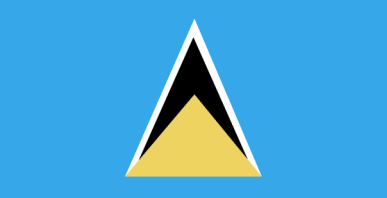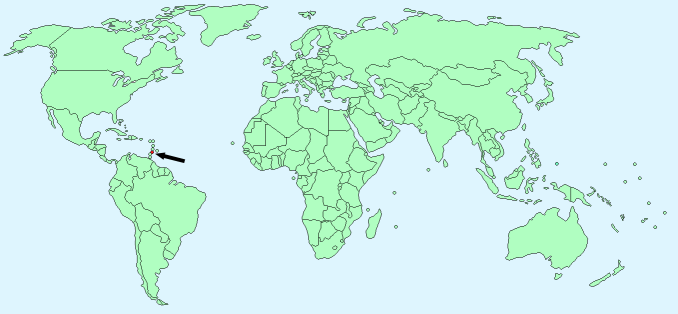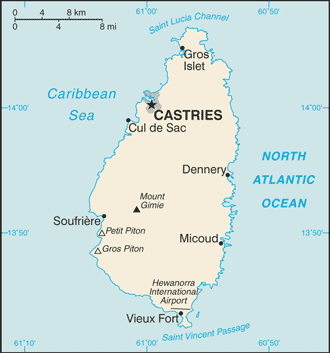Saint Lucia


Continent – North America
Region – Caribbean
Size – 616 km²
Geography – volcanic, mountainous with fertile valleys
Language – English, French patois
Religion – Roman Catholic 61.5%, Protestant 25.5%, none 5.9%, other 7.1%
Monetary Unit – East Caribbean dollar
Natural Resources – forests, sandy beaches, minerals (pumice), mineral springs
Agriculture – bananas, coconuts, vegetables, citrus, root crops, cocoa
Industry – tourism; clothing, assembly of electronic components, beverages, corrugated cardboard boxes, lime processing, coconut processing

Neighbouring Countries – None
Population – 163,922 (2015 estimate)
Population Growth Rate 0.34%
Average Life Expectancy – 77.6
Capital City – Castries (22,000)
Highest Mountain – Mount Gimie (950 m)
Longest River – Roseau (20.92 km)
Climate – tropical, hot, 21°C to 32°C
Yearly Rainfall – 220 cm mostly May to December
Plant Life – pencil cedar, vines, chataignier trees, hibiscus, poinciana, frangipani, orchids, jasmine, bougainvillea, orchids, spiky breadfruit
Animal Life – mongoose, opossum, bats, snakes, green iguana, green gecko
Bird Life – Saint Lucia Amazon parrot, Flycatchers, hummingbirds, pigeons
Marine Life – coral, barracuda, lobster, turtle, conch, crabs, eels, wrasse, grouper, jack, snapper, pilot whales, sperm whales, dolphins
Harvard Reference for this page:
Heather Y Wheeler. (2015). Saint Lucia. Available: https://www.naturalhistoryonthenet.com/Facts_Figures/Country_Facts/saint_lucia.htm. Last accessed Tuesday, July 19, 2016
Facts and Figures Pages
